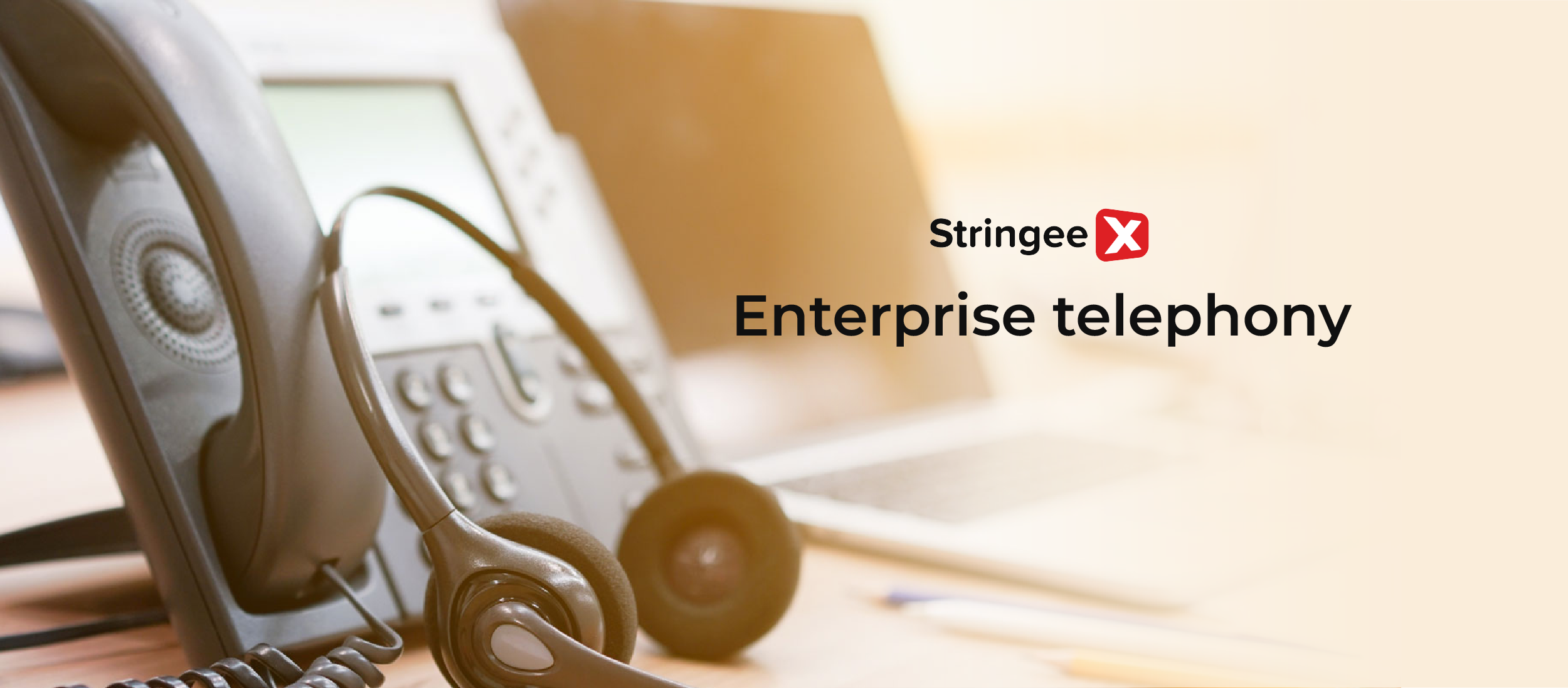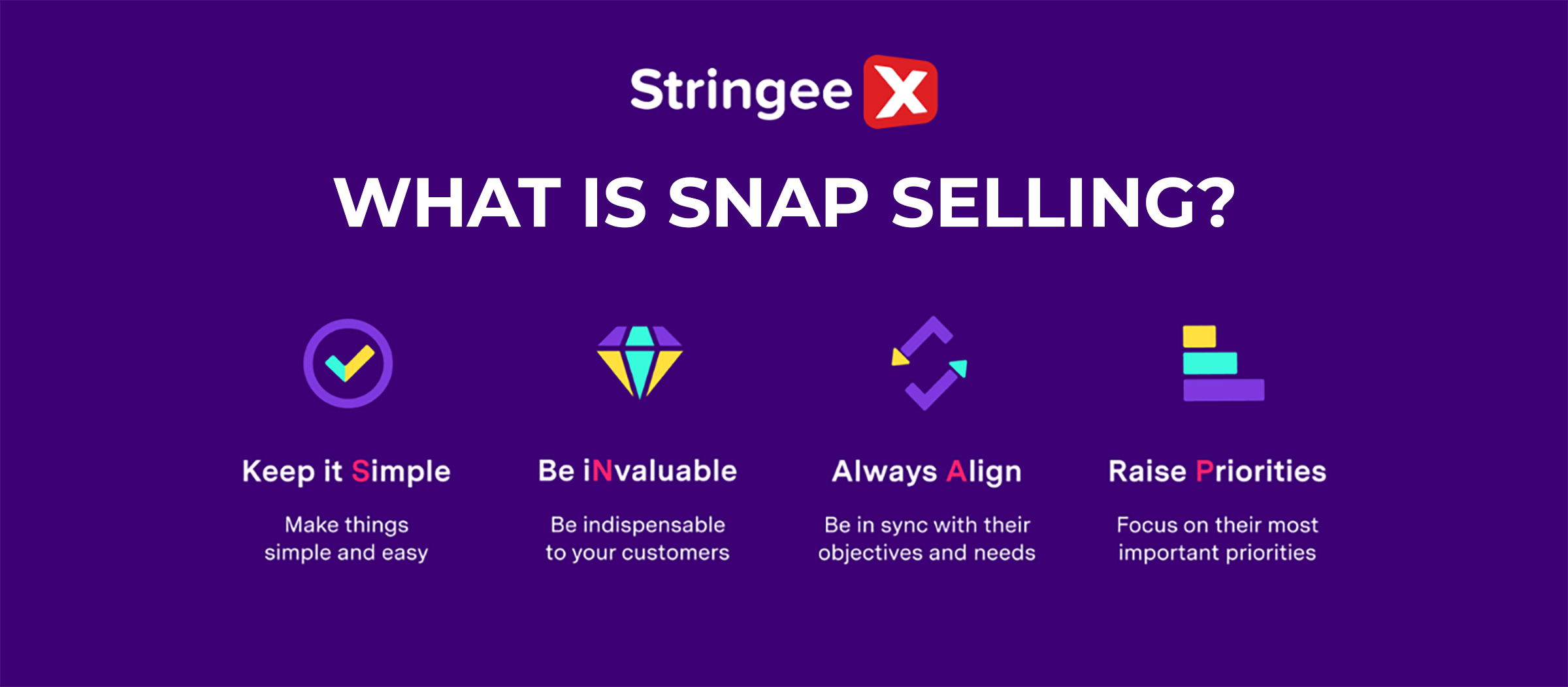Introduction
Organisational success without effective communication is impossible; that's why having a reliable enterprise telephony system should always remain your business priority.
And if you're completely new to the concept, don't worry. Let's take a quick look at what these systems can do!
What Is Enterprise Telephony?
It is an advanced communication system designed for businesses (Source: Pexels).
"Enterprise telephony" refers to an advanced communication system designed for businesses to manage voice calls efficiently. Given its convenient digital technology, this system soon replaced the traditional analogue phone system.
The main purpose of enterprise telephony is to enable smooth communication and information sharing among employees, departments, and branches within an organisation (internal communication). However, there are also features designed for external communication like call forwarding, call waiting, voicemail, call conferencing, etc.
Some advanced models equip businesses with tools to deliver superior customer service, namely auto-attendant, call queues, and call routing, to provide excellent customer experience and keep call volume under control.
Plus, there's the VoIP (Voice over IP) technology to reduce communication costs and other related expenses - another reason behind the declining popularity of traditional phone systems.
Though telephony systems have varying designs, here's a quick summary of how they usually work. First, the systems use the VoIP architecture to convert voice signals into digital data packets. Those packets are then transmitted over a network (such as the Internet or a private network) to reach their destination.
4 Benefits of Enterprise Telephony
Easy Scalability
Scalability is a critical advantage for businesses experiencing growth or fluctuations in workforce size. Fortunately, that's exactly what enterprise telephony offers! Unlike traditional phone systems (which require significant hardware and infrastructure changes), enterprise telephony can be easily expanded or reduced to match the company's evolving needs.
Whether downsizing or hiring new employees, you can conveniently add or remove user accounts, assign phone numbers, or configure features with little to no disruption to the system. Likewise, it's a breeze to install or uninstall new features or services as your business processes or communication requirements change over time.
Remote Workforce Management
Clients can reach the agents anywhere and anytime (Source: Flickr).
Given the robust communication and collaboration tools, remote employees will feel connected and integrated into your company culture despite their work location! They are able to make and receive calls, access voicemail, and participate in conference calls via smartphones or tablets.
This design also benefits the business's professional image, as clients can reach the agents anywhere and anytime. Also, the flexible call routing and forwarding options allow calls to be directed to different extensions or mobile devices based on employee availability.
As a result, outbound calls are always answered promptly - again, something that traditional systems in the past could not guarantee.
Integration with CRMs
When integrated with CRM (Customer Relationship Management platforms), enterprise telephony introduces a powerful ecosystem that improves sales, customer service, and overall efficiency.
For instance, when a call comes in, the system automatically pulls up the customer's information from the CRM. It provides agents with immediate, relevant details (e.g., purchase history, preferences, account status, etc.) so they can deliver efficient and more personalised service.
Furthermore, every incoming and outgoing call is automatically logged in the CRM to create a comprehensive record of customer interaction - which can be used to evaluate agent performance or identify sales opportunities.
Most importantly, since access to customer info and calling processes are already streamlined, sales teams no longer have to spend most of their time searching for information or fixing manual errors. Instead, they can now redirect those efforts to building long-term customer relationships and closing deals!
Cost Reduction
As discussed earlier, VoIP technology enables businesses to make long-distance and international calls at significantly lower rates than traditional phone lines - quite beneficial for companies with offices or clients in different geographical locations.
Plus, since they often rely on software-based solutions, there's no need for expensive on-premise hardware like PBX systems and phone lines. Ongoing maintenance and support costs are also significantly reduced due to the system's dependence on cloud technology and software updates!
And don't forget that many enterprise telephony providers offer flexible pricing plans (such as pay-per-use or subscription-based models), meaning businesses can choose the plan that best suits their budget.
5 Enterprise Telephony Features of StringeeX
StringeeX offers robust enterprise telephony features (Source: StringeeX).
Cloud-based Phone System
As a leading virtual call centre, StringeeX offers a robust cloud-based phone system that scales along your business's changing needs, whether you're a startup or a large enterprise. There's no need for on-premise systems, and your agents can easily make phone calls from anywhere (even on the go) as long as there's an internet connection.
And if you're worried that your business communications might not be protected, rest assured. StringeeX has performed regular pentests with Cyberstack to safeguard important database and customer information for anyone using Stringee's products.
They also strive to boost security for their web, mobile, network, cloud, and even API systems, minimising the risk of disruptions from external attacks.
IVR
Another highlight is the Interactive Voice Response (IVR) system, which automates the initial interaction with callers to free up your agents for more complex inquiries.
Specifically, when a caller dials your business number, the call is routed to the StringeeX IVR system; the IVR then plays a pre-recorded greeting and presents them with a menu of options. Once callers select an option from this menu, the IVR system recognises these inputs and routes the call to the appropriate department or agent.
That aside, StringeeX also promises your customers round-the-clock service with automated responses, ensuring their issues are properly addressed even outside business hours. You can always use IVR analytics and surveys to gather valuable customer information for better, more data-driven decision-making!
Call Logs
Our team is impressed with StringeeX's comprehensive call log feature, which provides a detailed record of every interaction between your agents and customers.
They offer a means to monitor agent performance and identify their weaker areas (if any) so you can provide extra guidance to help them adhere to call scripts and standards. Tracking KPIs (like average handle time, call volume, abandonment rates, etc.) is also easier that way.
Better agent performance will, in turn, benefit your business's customer service. After all, there's no better way to understand customer pain points than to directly analyse what they said during their exchanges with your agents!
Call Analytics
Want an even deeper insight into your call centre's performance? That's what StringeeX's call analytics are for. They allow you to:
- Track average handle time, abandonment rate, service level agreements (SLAs), and first call resolution (FCR).
- Assess individual agent performance (not just teams) to identify top or underperforming employees.
- Identify trends in call quality issues.
- Predict call volume trends based on trustworthy data to optimise staffing levels.
Unified Communications
Last but not least, one of StringeeX's most defining features is its omnichannel design!
Your customers probably have more than one preferred communication method (e.g., Facebook, Instagram, or email). With StringeeX, you can reach out to them through all those channels from a single, unified dashboard; there's no need to jump between different platforms.
As a result, all the customer data is stored conveniently in one place rather than scattered, giving you a far more inclusive picture of their online buying behaviours.
Conclusion
There's definitely more to enterprise telephony than what we've covered here, but we hope our article has helped clarify common questions for you as a beginner! If you're interested in StringeeX installation (or just want to learn more about enterprise telephony), feel free to contact us for assistance.










